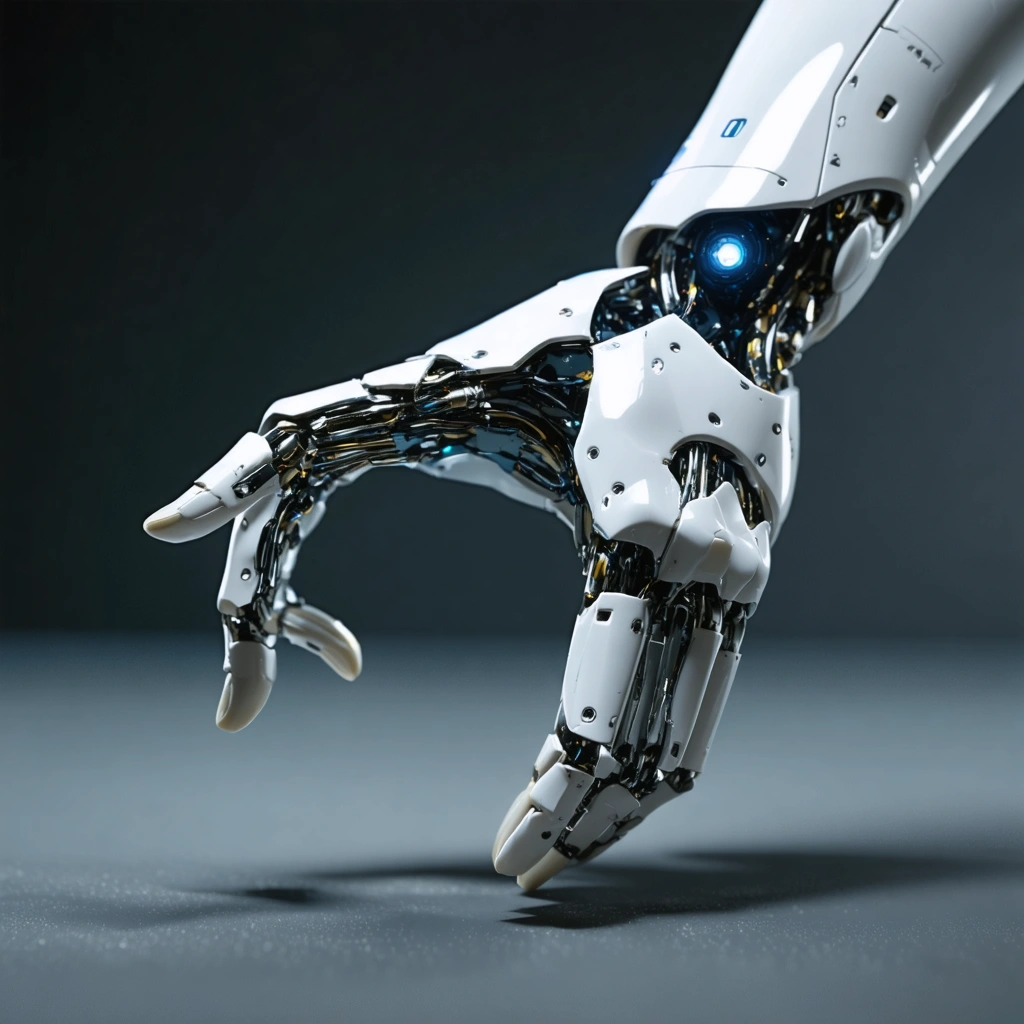
Bionic Hand: A Revolutionary Leap in Prosthetic Technology
The frontier of prosthetics has been significantly advanced with the development of a new bionic hand. This innovative prosthetic hand displays an unprecedented level of sensitivity and adaptability, rivaling the grip and dexterity of a natural human hand.
The Functionality of the Bionic Hand
The bionic hand developed by engineers is capable of handling a wide range of everyday objects, from softer items such as plush toys to harder items like water bottles. The intricacy lies in the bionic hand’s ability to conform and adjust its grip in accordance with the shape and texture of the object it holds. This feature ensures that the hand neither damages the objects it handles nor mishandles them, thus mimicking the nuanced and complex grip of a human hand.
A Leap Forward in Prosthetic Technology
This breakthrough in prosthetic technology stands as a beacon of hope for individuals requiring hand prosthetics. The capability of the bionic hand extends beyond just gripping objects. It encompasses a level of sensitivity and adaptability that allows for a natural and efficient grip, drastically improving the quality of life for prosthetic users.
The Impact of the Bionic Hand
The development of this bionic hand signposts a pivotal moment in the evolution of prosthetics. It offers an unprecedented level of functionality and adaptability, vastly enhancing the prosthetic user’s interaction with their environment.
Potential Applications of the Bionic Hand
With its remarkable grip and sensitivity, the bionic hand could revolutionize numerous fields. It holds immense potential for application in areas like healthcare, industrial automation, robotics, and more. The bionic hand could redefine the boundaries of what is possible with prosthetics, transforming the lives of those who rely on them.
Future Developments in Prosthetic Technology
This breakthrough is just the beginning, as engineers continue to push the boundaries of prosthetic technology. Future developments might include the integration of artificial intelligence (AI), leading to prosthetics capable of learning and adapting to the user’s habits and preferences. Such advancements could redefine the relationship between humans and prosthetics, creating a more natural, intuitive, and efficient user experience.
Conclusion
The groundbreaking bionic hand is a testament to the incredible advancements in prosthetic technology. It offers a glimpse into a future where prosthetics are no longer just substitutes for lost limbs, but are tools that can enhance human capabilities and drastically improve the quality of life for those who depend on them.




